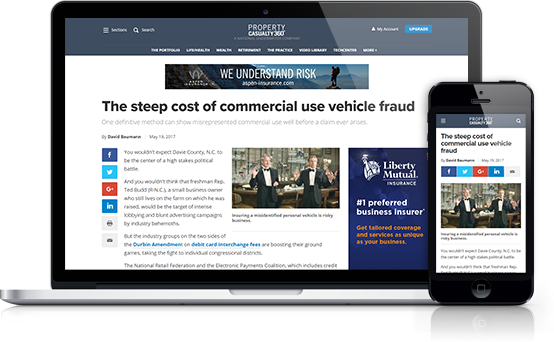 Underwriting and claims professionals who are unable to transition to the new skills demanded by the industry will likely have a hard time remaining relevant in an increasingly automated, analytics-driven business. (bizvector/Adobe Stock)
Underwriting and claims professionals who are unable to transition to the new skills demanded by the industry will likely have a hard time remaining relevant in an increasingly automated, analytics-driven business. (bizvector/Adobe Stock)
When it comes to talent recruitment, why is there often a lingering gap between the legacy skills still being emphasized in most insurer job postings versus the new "exponential" capabilities likely needed to maximize return on investments in alternative data, advanced analytics and emerging technologies? And how might that skills gap be closed to accelerate transformation initiatives?
Recommended For You
Want to continue reading?
Become a Free PropertyCasualty360 Digital Reader
Your access to unlimited PropertyCasualty360 content isn’t changing.
Once you are an ALM digital member, you’ll receive:
- Breaking insurance news and analysis, on-site and via our newsletters and custom alerts
- Weekly Insurance Speak podcast featuring exclusive interviews with industry leaders
- Educational webcasts, white papers, and ebooks from industry thought leaders
- Critical converage of the employee benefits and financial advisory markets on our other ALM sites, BenefitsPRO and ThinkAdvisor
Already have an account? Sign In Now
© Touchpoint Markets, All Rights Reserved. Request academic re-use from www.copyright.com. All other uses, submit a request to [email protected]. For more inforrmation visit Asset & Logo Licensing.






